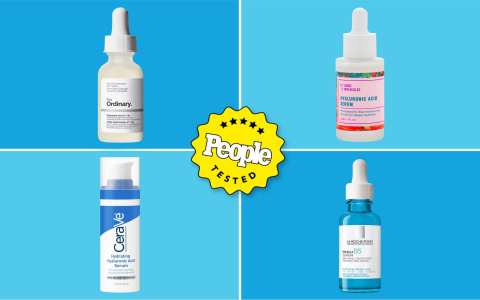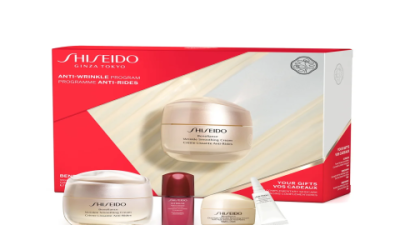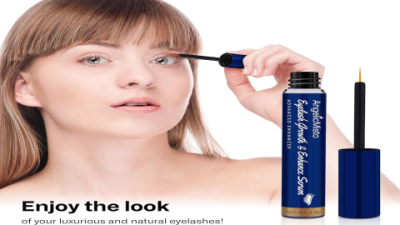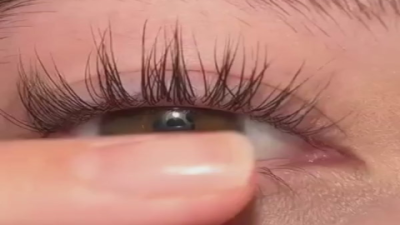Picking between a serum or a cream can honestly feel like a never-ending skincare debate. Both products promise glowing, healthy skin, but they’re actually quite different—and knowing which one suits your skin can make a huge difference. So, if you’ve ever stood in front of the skincare aisle wondering, “Should I grab the serum or the cream?”—you’re definitely not alone.
Let’s break it down in a way that’s easy to understand, without all the fancy jargon. Think of serums as those supercharged little bottles packed with active ingredients, designed to zoom deep into your skin and tackle specific problems like wrinkles, dark spots, or dryness. They’re lightweight, almost watery sometimes, and absorb super fast. Creams, on the other hand, are like the cozy blankets for your skin—they’re thicker, richer, and mainly focused on locking in moisture and protecting your skin from the outside world.
So, what’s the real difference?
| Feature | Serum | Cream |
|---|---|---|
| Texture | Light, fast-absorbing | Thick, rich, creamy |
| Purpose | Targets specific skin issues | Hydrates and protects |
| Ingredients | High concentration of actives | Lower concentration, focuses on moisture |
| Penetration | Deep into skin layers | Mostly on the surface |
| Best for | All skin types (depending on formula) | Dry, sensitive, or normal skin |
Pretty clear, right? But here’s where it gets interesting: your skin type really decides which one will work better for you—or if you need both.
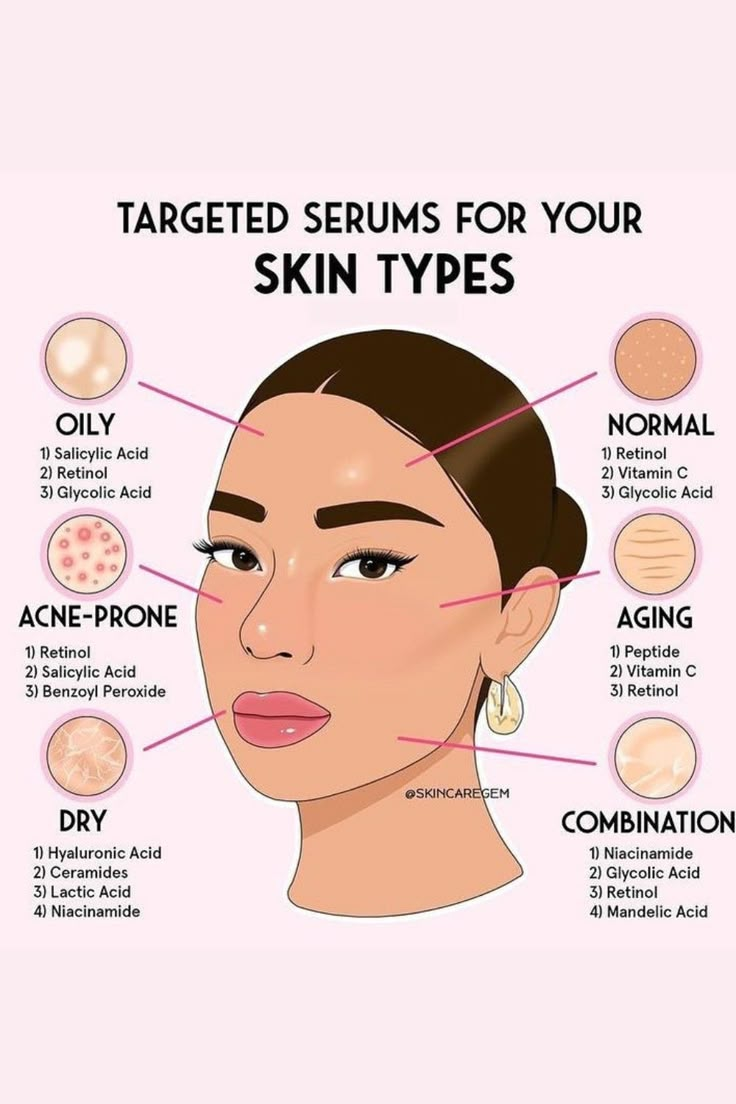
What about your skin type?
Oily or combination skin? Serums are usually your best friend. Because they’re light and absorb quickly, they don’t feel heavy or greasy. Look for serums with ingredients like niacinamide or salicylic acid—they help keep oil in check and fight breakouts without drying you out. Creams can sometimes feel like too much, unless they’re specially made for oily skin.
Dry skin? You’ll probably love creams. They’re like a drink of water for your skin, especially if they have ceramides or shea butter. But don’t skip the serum! A hydrating serum with hyaluronic acid before your cream can really boost your skin’s moisture levels.
Sensitive skin? It’s a bit of a balancing act. Gentle serums with calming ingredients like aloe or chamomile can soothe irritation, while creams that are fragrance-free and barrier-repairing keep your skin protected. Sometimes, using both is the secret to keeping redness and sensitivity at bay.
Aging skin? This is where serums and creams really team up. Serums packed with peptides or retinoids work beneath the surface to smooth wrinkles and boost collagen, while creams keep your skin hydrated and resilient. Together, they can make a noticeable difference over time.
How to use serum and cream together? Here’s a simple routine:
- Start with a clean face—no shortcuts here.
- Optional: apply toner if that’s your thing.
- Apply your serum—just a couple of drops will do. Pat it gently into your skin and let it soak in for a minute or two.
- Follow up with your cream to lock in all that goodness.
- In the morning, don’t forget your sunscreen on top!
It might seem like a lot, but once you get used to it, this combo becomes second nature—and your skin will thank you.
Why not just pick one?
Some people wonder if they can skip the cream or the serum. The truth is, they do different jobs. Serums deliver powerful ingredients deep into your skin, but they don’t usually hydrate enough on their own. Creams keep your skin moisturized and protected but don’t have the same punch of actives. Using both means you get the best of both worlds.
Some common ingredients to look out for:
| Ingredient | Found In | What It Does |
|---|---|---|
| Hyaluronic Acid | Serum & Cream | Super hydrates and plumps skin |
| Peptides | Serum & Cream | Boosts collagen, firms skin |
| Retinoids | Serum | Fights wrinkles and speeds cell turnover |
| Vitamin C | Serum | Brightens and protects from damage |
| Niacinamide | Serum | Reduces redness and controls oil |
| Ceramides | Cream | Repairs and strengthens skin barrier |
| Shea Butter | Cream | Nourishes and soothes |
Knowing what’s inside your products helps you pick the right ones for your skin’s needs. It’s not just about brand names or fancy packaging.
Frequently Asked Questions
Can I just use serum and skip the cream?
You could, but your skin might end up feeling dry or tight since serums usually don’t provide enough moisture on their own. Creams help seal everything in and keep your skin barrier happy.
Are creams basically just moisturizers?
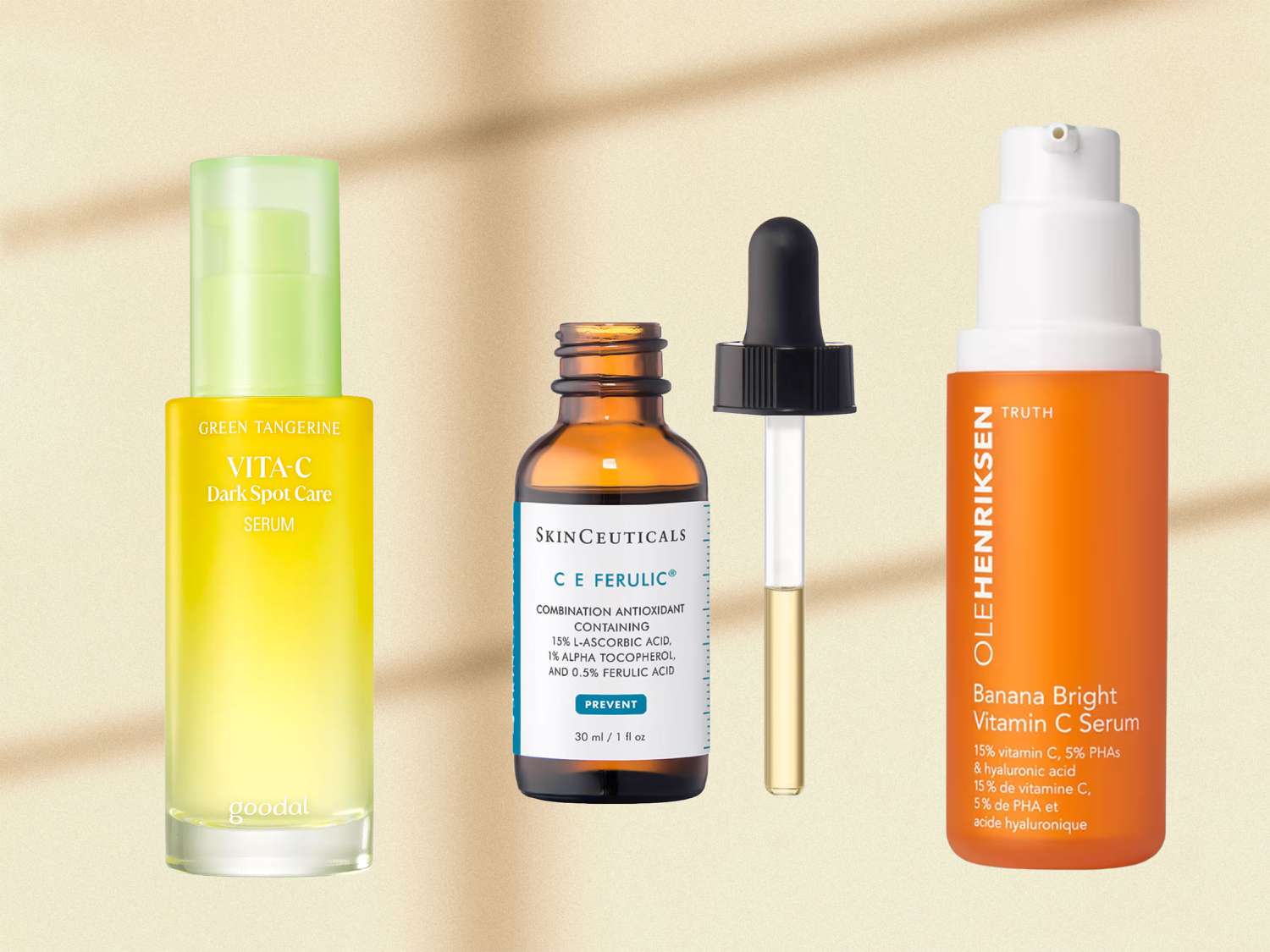
Yes, creams are moisturizers, but some are specially formulated to do more, like repairing the skin barrier or soothing irritation. Still, they don’t replace the targeted benefits of serums.
How do I know which serum or cream is right for me?
It really depends on your skin type and what you want to fix. If you’re unsure, a quick chat with a dermatologist or skincare pro can save you a lot of trial and error.
Can I use more than one serum or cream?
You can layer serums if they address different concerns, but don’t overdo it. Same with creams—usually one good moisturizer is enough. Always patch-test new products to avoid surprises.
When’s the best time to apply these?
Serums go on right after cleansing (and toning if you do that), then creams. Sunscreen is the last step in the morning. At night, just serum and cream are enough.
To sum it up
So, is serum or cream better? Honestly, it’s not about picking one over the other—it’s about knowing your skin and using both in a way that suits you. Serums bring the heavy-hitting ingredients that fix specific issues, while creams keep your skin hydrated and protected. Together, they’re like a dream team for your skin.
Whether you’re battling dryness, aging, or just want a fresh glow, the right combo can make a real difference. Take your time, listen to your skin, and don’t be afraid to experiment a little. Your skin will thank you for it.
